
Pokemon Legends: Z-A Review
When Pokemon Legends: Z-A was announced, like many others, I found myself awash with any number of questions; unsurprisingly, at the forefront was a singular thought. What, exactly, denotes a Pokemon game as a Legends title? What's the criteria, and how does Gamefreak consciously choose to differ with their design sensibilities when opting for a title with that deliberate label?
I loved 2022's Pokemon Legends: Arceus for a variety of reasons, and yet Pokemon Legends: Z-A feels like a game designed in complete antithesis. Where Arceus de-emphasized trainer battles and towns in lieu of exploring a Sinnoh region before wider settlements had been established, Z-A consolidates the entirety of its experience within the urban setting of Kalos' Lumiose City. While an increasing number of Wild Zones dot Lumiose's landmarks, by far the star of the show is trainer battles, primarily within the Z-A Royale; a tournament held every night in a rotating district, as trainers compete to raise their rank in pursuit of the promise of their wish being granted.
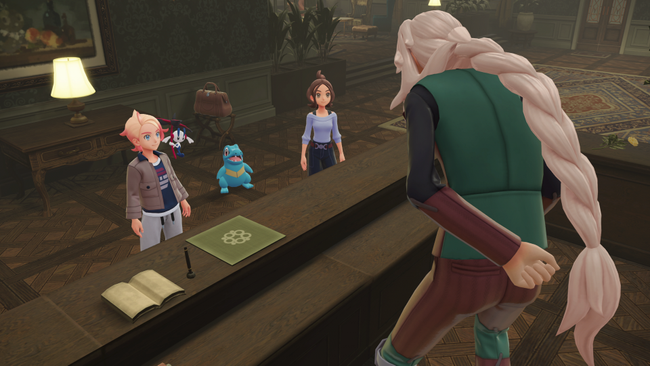
Both on paper and in practice, Z-A is nothing like Arceus. Yet, it's precisely because of those divides that I can finally see what Gamefreak intends for these games to represent. On one hand, a chance to revisit aspects of a prior generation's lore and story that were left unfulfilled - Arceus in Generation IV, and Zygarde in Generation VI - while on the other, a chance to explore a structure and gameplay style that would never be permissible in a more traditional Pokemon release.
One such change is inarguably the largest the series has ever seen throughout its nearly 30 years, a shift from turn-based combat to something closer to real-time actions with cooldowns. Players don't just have the luxury to calmly choose a Pokemon's next actions during a battle, instead having to think and react during the heat of action. Positioning and timing have never before been considerations players would have to grapple with, but now even series mainstay moves, such as Protect, require active engagement from the player in order to be useful.
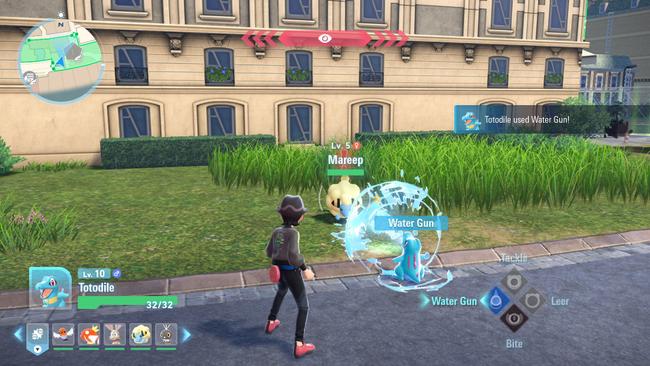
Simple attack properties that might have been meaningless in previous titles — outside of whether your Pokemon skewed more towards their Attack or Special Attack stat — expose an extra wrinkle now that battles are played in real time. Speed now impacts how quickly your cooldowns refresh, instead of merely allowing you to move faster out of the gate. Even swapping out one Pokemon for another in the middle of battle becomes a tense affair, knowing that every second you waste with your Pokemon left in a bad matchup can be the difference between victory and defeat.
This all comes to a head with Rogue Mega Evolution encounters. Gamefreak would have been remiss to return to Kalos without bringing back the region's defining battle gimmick, and while several Mega Evolution stones can be directly bought with currency mostly earned from the Z-A Royale or exchanged for Mega Shards gleaned from shattering Mega Crystal formations across Lumiose, many of them are offered as rewards for defeating bespoke boss encounters for specific Mega Evolutions.
These are very similar to the boss fights present in Pokemon Legends: Arceus, although players are intended to Mega Evolve their own Pokemon in opposition. Find openings to deal damage, while dodging projectiles and attack patterns. They're a nice change of pace, frequent enough in the main story, but not so ever-present that they overshadow the rest of the game. If anything, the act of reaching each of these Rogue Mega Evolutions helps emphasize the act of exploring Lumiose and finding the right path to reach a given location.
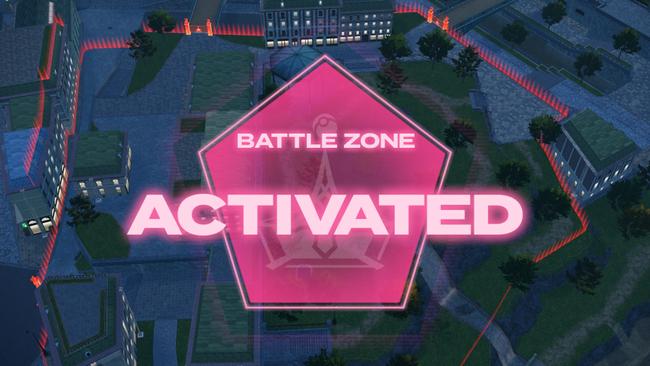
Outside of those encounters, nowhere is this sense of energy more present than in the night's Battle Zones. Trainers patrol with their partner Pokemon, everyone vying for a chance to catch their opponents off guard. There's no benefit to letting an opponent know you're coming when a sneak attack comes with so many benefits, even discounting the cards dotted across the arena, which can reward you for taking specific actions, some of which even directly reward you for taking the sneaky approach.
Part and parcel of the whole package is the player's movement options, which are at once considerably restricted compared to Arceus, and yet a massive upgrade for on-foot navigation on every conceivable level. Ladders and scaffolding dot many of Lumiose's streets, granting access to balconies and rooftops that players can use to their advantage. During the night's Battle Zones, maybe you can find yourself a vantage point with which to launch a pre-emptive attack on your opponents; during the day, instead, you might find secluded sections of the city, offering rewards both in terms of collectables and even rare Pokemon spawns.
It's not uncommon for either the main story or Side Missions to make use of this verticality; one mission tasks you with attempting to beat a Froakie's record in clambering up sets of scaffolding. Another has you chasing an Emolga across rooftops. In many cases, even just finding a path to a specific rooftop is a puzzle in and of itself; even outside of battles, your Pokemon's abilities can be useful in clearing obstacles preventing exploration. Busting up rocks, clearing away brambles, washing away toxic sludge, or untangling Spinarak webs.
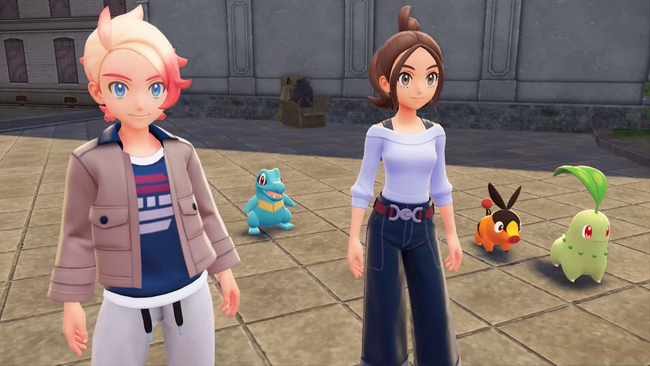
At the end of the day, it's not that Lumiose City is particularly large, but the game makes the most of what is there. Not only do some areas change with the addition of more Wild Zones as the story progresses, but even just looking at a map doesn't quite inform the experience of exploring the city. Even some of the more simple Side Missions help flesh out Lumiose in surprising ways, and I'd be hard-pressed to name a mission I'd outright call bad.
Many of these missions, and of course the main story itself, inform what it would actually be like to live in a city where people and Pokemon struggle to coexist. Whether that's by taking on a job to clear out an apartment of Pokemon, or by coaxing a troupe of Trubbish away from a restaurant, or tracking down a Pokemon that had dug up a garden, by following its trail of holes; there's a real sense of consideration to the type of situations you could very easily conceive becoming pain points with people and Pokemon living together, and how a society might work to make life better for everyone involved.
The Wild Zones are framed as one such solution, and yet even in the narrative, you have multiple characters showing that not everyone in Lumiose agrees with that solution, or is even on board with the increased number of Pokemon present in the city to begin with. To that end, without going into the finer details of the story, I appreciate that Z-A continues the trend of Pokemon tackling more serious subject matter with an even-handed approach to its stories. It's not always the most engaging narrative, but across the 25 to 30 hours spent with Team MZ and all of the other characters you meet throughout the course of the story, I appreciate it.
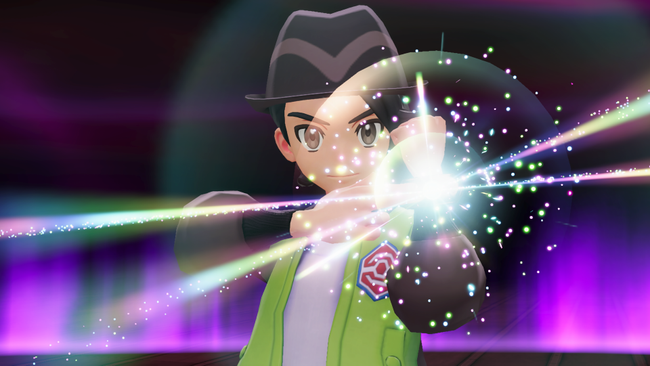
Much of this appreciation comes from feelings I've had, dating back over a decade. I always thought that Pokemon X and Y's story was conceptually fascinating, and yet the execution left a lot to be desired. Z-A isn't merely a retelling of those games, but rather an introspection on how a singular city would be changed by those events in the years following. What does it mean to leave a legacy, and how do you move forward from tragedy? It's fitting then that Zygarde, the Pokemon that represents the balance in all things, would be the star of the show for a game whose story revolves so heavily on these themes. I really, truly wish I could say more - but what I can say is that Z-A has undoubtedly my favorite slate of supporting characters and story out of any of the mainline Pokemon games. There's a very clear identity to what Z-A is, and what Gamefreak wanted it to be. While it could never have the same scope as a "regular" Pokemon release, by embracing Lumiose we're left with the type of game that ironically enough makes the Pokemon world feel so much larger than it ever has.
While on that note; I played Z-A on a Switch 2, and while I can't speak to the performance on an original Switch, the game nearly always had good image quality, and performance was rock solid from start to finish outside of one or two noticeable, but very momentary framerate dips. I could complain about the game's presentation, but it all manages to look good enough, and after Scarlet and Violet, I'm more than happy to accept it. The game looks good when it counts. Legends Z-A also boasts one of the strongest soundtracks in the series' history, including more than a handful of unique battle themes that are destined to become fan favorites.
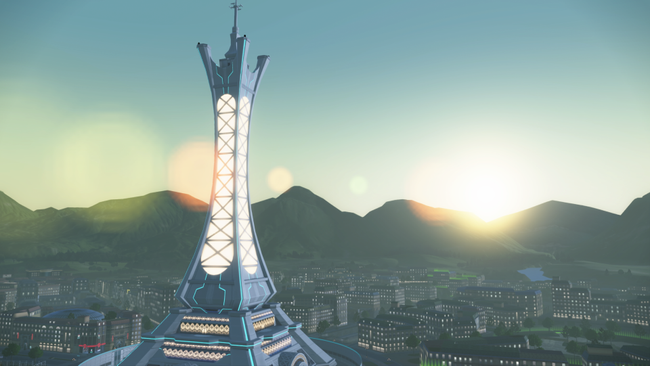
Years ago, I said that Pokemon Legends: Arceus proved that there was room in the Pokemon world for more games like Pokemon Colosseum to exist, and to even thrive. While Pokemon Legends: Z-A wasn't quite what I had in mind, it feels like validation nonetheless. Pokemon is at its best when Gamefreak is allowed to experiment with what a Pokemon game can actually be, and Pokemon Legends: Z-A is an affirmation that the series isn't done evolving, much like the Pokemon themselves. If this is the future of the series - more experimental "Legends" titles which attempt to broaden the Pokemon world in ways that only they can, instead of merely retreading old ground with remakes - I couldn't be happier.